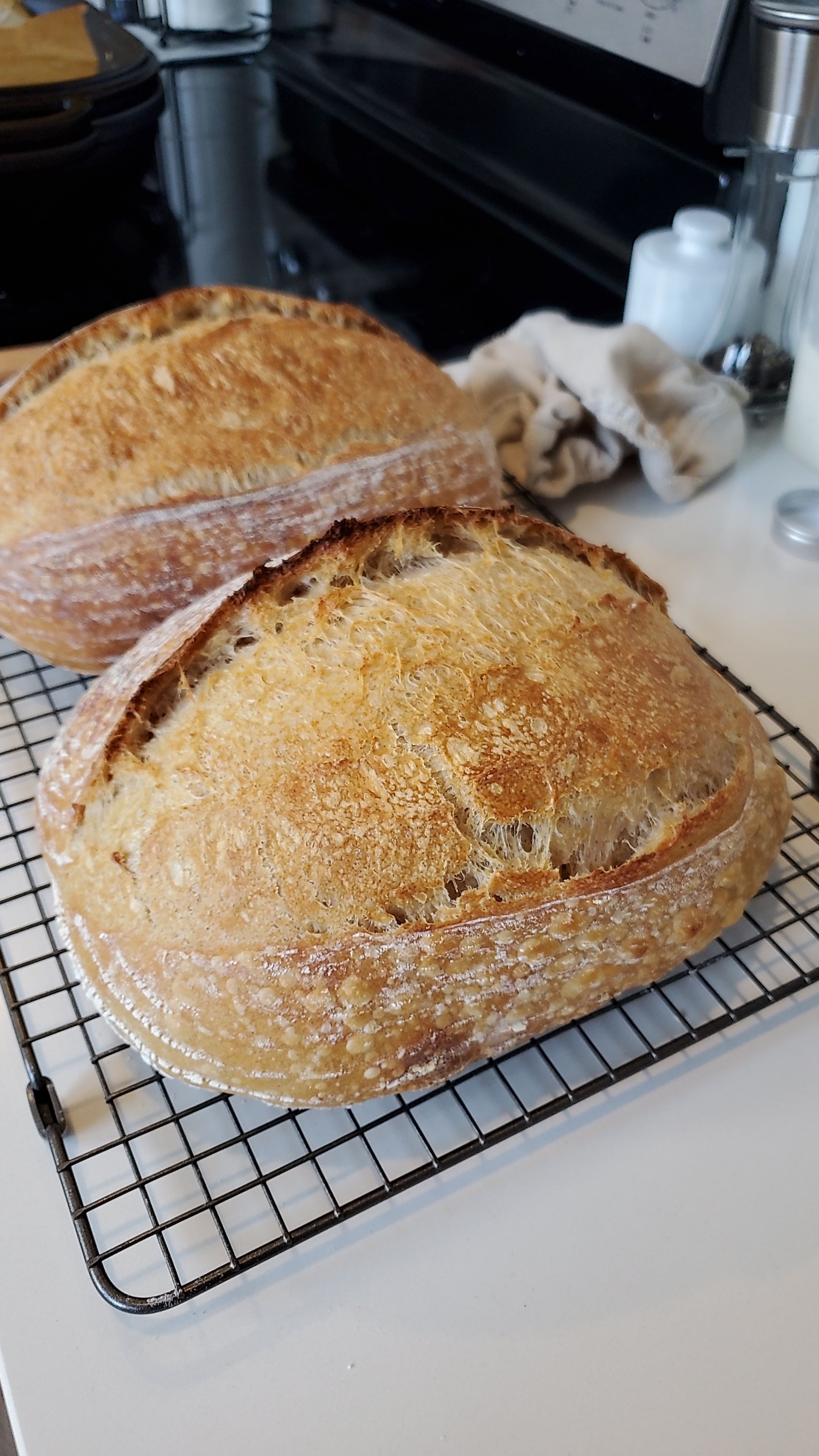FoodPorn
Welcome to a little slice of culinary heaven where we share photos of our favorite dishes, from savory succulent sausages to delicious and delectable desserts. Made it yourself? We'd love to hear your recipe!
Rules:
1. BE KIND
Food should bring people together, not tear them apart. Think of the human on the other side of the screen, and don't troll, harass, engage in bigotry, or otherwise make others uncomfortable with your words.
2. NO ADVERTISING
This community is for sharing pictures of awesome food, not a platform to advertise.
3. NO MEMES
4. PICTURES SHOULD BE OF FOOD
Preferably good, high quality pictures of good looking grub; for pictures of terrible food, see [email protected]
Other Cooking Communities:
Be sure to check out these other awesome and fun food related communities!
[email protected] - A general communty about all things cooking.
[email protected] - All about sous vide precision cooking.
[email protected] - Celebrating Korean cuisine!
view the rest of the comments







I am going to write a long form post/video explaining the steps I use with lots of data points, but at its core this is a 75% hydration Tartine country loaf.
What I think makes my process different my order of operations. I build the gluten network first via autolyze and fermentolyze steps, then build flavor by promoting the growth of lactic acid bacteria so that it outpaces the speed at which the yeast multiplies (dough temps as high as 100°F).
I have to stop that flavor buildup before the gluten network dissolves and the loaf over ferments, but once it's sufficiently acidified I'm basically waiting for the bread to rise like any commercial yeasted recipe.
I am currently using a 9 hour cold retard @ 40°F to stop the acidification and raise the dough at the same time, but I've got a feeling that is longer than what's actually necessary since the dough reaches temps that make the starter inert around 6 hours in. Since commercial breads can rise in like 4 hours in cold temps, I think there's further optimization that can be done here, but I'm not waking up at 3 AM to bake bread anyway.
I’m really looking forward to this. I only bake occasionally, but I have a friend who bakes as a hobby and I’d love to share this with her.